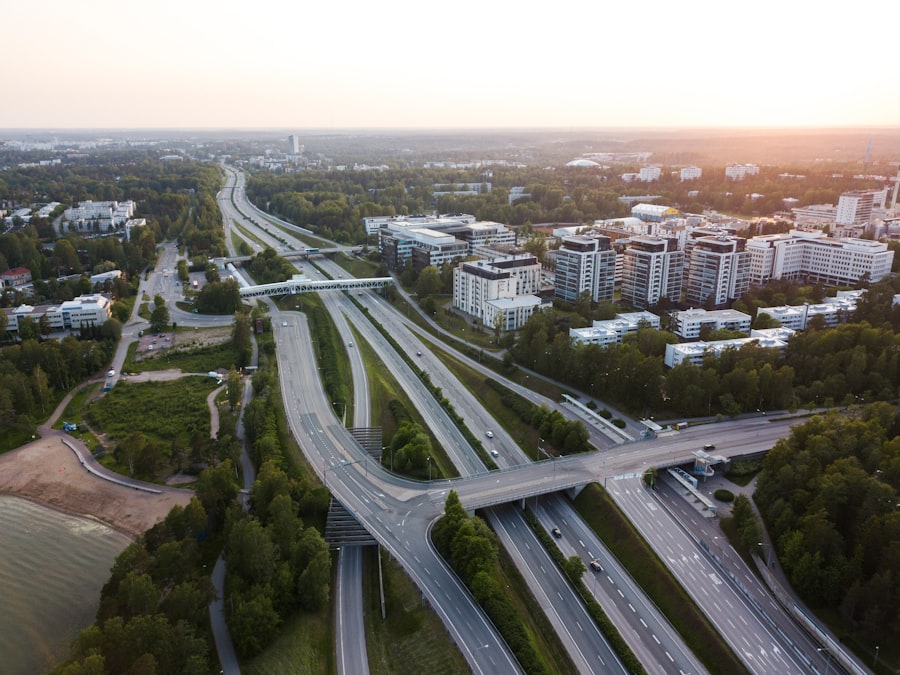Download links
How to install Mastering the Art of Parkour with og777 APK?
1. Tap the downloaded Mastering the Art of Parkour with og777 APK file.
2. Touch install.
3. Follow the steps on the screen.
Description
Parkour, often described as the art of movement, is a discipline that emphasizes fluidity, efficiency, and creativity in navigating obstacles. Originating in France in the late 20th century, it has evolved from a training method for military personnel into a global phenomenon embraced by individuals of all ages and backgrounds. At its core, parkour is about overcoming physical barriers in one’s environment, whether they be walls, railings, or urban landscapes.
Practitioners, known as traceurs (male) or traceuses (female), utilize their bodies to vault, climb, and leap through their surroundings, transforming everyday spaces into playgrounds. The philosophy behind parkour extends beyond mere physicality; it embodies a mindset of resilience and adaptability. Traceurs often approach obstacles not just as physical challenges but as opportunities for personal growth and self-discovery.
This perspective encourages practitioners to push their limits while fostering a sense of community among those who share a passion for movement. The essence of parkour lies in its inclusivity; it is accessible to anyone willing to learn, regardless of their starting fitness level or experience. As such, understanding the foundational principles of parkour is crucial for anyone looking to embark on this exhilarating journey.
Key Takeaways
- Parkour is a physical discipline that involves moving through urban environments using only the human body and the surroundings to propel oneself.
- Strength and agility are crucial for parkour, and practitioners can develop these through bodyweight exercises, plyometrics, and functional training.
- Learning parkour techniques and movements involves mastering basic movements like jumping, climbing, and vaulting, as well as more advanced techniques like precision jumps and wall runs.
- Overcoming fear and building confidence in parkour requires mental and physical preparation, as well as gradually pushing personal limits in a safe and controlled manner.
- Exploring advanced parkour skills and tricks involves mastering complex movements like flips, spins, and intricate obstacle courses, while always prioritizing safety and proper technique.
Developing Strength and Agility for Parkour
Building Strength through Functional Movements
Strength training should focus on functional movements that mimic the actions performed in parkour. Exercises such as squats, lunges, and push-ups are essential for building the core and leg strength necessary for jumping and landing safely. Additionally, incorporating bodyweight exercises like pull-ups and dips can enhance upper body strength, which is vital for climbing and vaulting over obstacles.
Improving Agility through Drills and Training
Agility is equally important in parkour, as it allows practitioners to navigate their environment with speed and precision. Agility drills can include ladder drills, cone sprints, and plyometric exercises that improve footwork and coordination. These drills not only enhance physical capabilities but also help develop the mental acuity required to make split-second decisions while moving through complex environments.
Balance and Control through Additional Training
Furthermore, incorporating balance training through activities like slacklining or yoga can significantly improve stability and control during dynamic movements. By focusing on these aspects of fitness, aspiring traceurs can build a solid foundation that will support their progression in parkour.
Learning Parkour Techniques and Movements

Once a practitioner has developed a baseline level of strength and agility, the next step is to learn specific parkour techniques and movements. Fundamental skills include the roll, precision jump, vaults, and wall runs. The roll is a critical technique that allows traceurs to absorb impact safely when landing from heights.
Mastering the roll involves learning how to distribute weight across the body and using momentum to transition smoothly into a standing position. Precision jumps are another essential skill in parkour, requiring both accuracy and control. This movement involves jumping from one surface to another with precision, often over gaps or onto narrow ledges.
Practicing precision jumps can help build confidence in one’s ability to navigate challenging terrain. Vaults are also integral to parkour; they enable practitioners to clear obstacles efficiently. Common vaults include the speed vault, lazy vault, and kong vault, each requiring different techniques and body mechanics.
As practitioners become more comfortable with these foundational movements, they can begin to explore more complex combinations and sequences that challenge their skills further.
Overcoming Fear and Building Confidence in Parkour
| Technique | Success Rate | Difficulty Level |
|---|---|---|
| Precision Jump | 80% | Intermediate |
| Wall Run | 70% | Advanced |
| Roll | 90% | Beginner |
| Underbar | 60% | Intermediate |
Fear is an inherent part of learning any new physical discipline, especially one as dynamic as parkour. Overcoming fear is crucial for progress; it allows practitioners to push beyond their comfort zones and explore their full potential. One effective strategy for managing fear is gradual exposure to challenging movements.
By starting with simpler obstacles and progressively increasing difficulty, traceurs can build confidence in their abilities while minimizing the risk of injury. Visualization techniques can also play a significant role in overcoming fear. Practitioners can mentally rehearse movements before attempting them physically, which helps create a sense of familiarity and reduces anxiety.
Additionally, practicing with a supportive community can provide encouragement and motivation. Sharing experiences with fellow traceurs fosters an environment where individuals feel safe to take risks and learn from one another’s successes and failures. Building confidence in parkour is not just about mastering techniques; it’s about cultivating a mindset that embraces challenges as opportunities for growth.
Exploring Advanced Parkour Skills and Tricks
As practitioners gain experience and confidence in their abilities, they may wish to explore advanced parkour skills and tricks that showcase their creativity and technical prowess. These skills often require a higher level of strength, agility, and mental focus. Advanced movements may include flips, spins, and intricate combinations of techniques that demand precise timing and coordination.
For instance, the backflip is a popular trick that requires not only physical strength but also an understanding of body mechanics and spatial awareness. Another advanced skill is the cat leap, where a traceur jumps towards a wall or ledge with the intention of grabbing onto it mid-air. This movement requires significant upper body strength and timing to execute safely.
Practitioners may also delve into flow training, which emphasizes seamless transitions between movements to create fluid sequences that appear effortless.
Safety Tips and Precautions for Parkour Practitioners

While parkour is an exhilarating discipline that promotes physical fitness and personal growth, safety should always be a top priority for practitioners. One of the most important safety tips is to always assess the environment before attempting any movement. This includes evaluating the surface conditions—such as whether it is slippery or uneven—and ensuring that there are no hazards like sharp objects or unstable structures nearby.
Wearing appropriate gear can also enhance safety during practice sessions. While many traceurs prefer to train barefoot for better grip and feel, wearing supportive shoes designed for impact absorption can help protect against injuries during high jumps or landings.
Moreover, it’s essential for practitioners to listen to their bodies and recognize when they need rest or recovery time. Overtraining can lead to fatigue and increase the likelihood of accidents. Engaging in cross-training activities such as swimming or cycling can help maintain overall fitness while providing a break from high-impact movements associated with parkour.
By prioritizing safety through careful planning, appropriate gear, and self-awareness, practitioners can enjoy the thrill of parkour while minimizing risks associated with this dynamic discipline.
FAQs
What is Parkour?
Parkour is a physical discipline that involves moving through an environment in a creative and efficient way, using only the human body and the surroundings to propel oneself.
What are the benefits of practicing Parkour?
Practicing Parkour can improve strength, agility, balance, and coordination. It also promotes problem-solving skills and mental focus.
Is Parkour dangerous?
Like any physical activity, Parkour can be dangerous if not practiced with proper technique and safety measures. It is important to receive proper training and start with the basics before attempting more advanced moves.
Can anyone practice Parkour?
Parkour can be practiced by people of all ages and fitness levels. However, it is important to start with the basics and progress at a pace that is comfortable for the individual.
Are there specific clothing or gear required for Parkour?
While there is no specific clothing or gear required for Parkour, it is important to wear comfortable and flexible clothing that allows for freedom of movement. Some practitioners may choose to wear specialized shoes for better grip and support.





